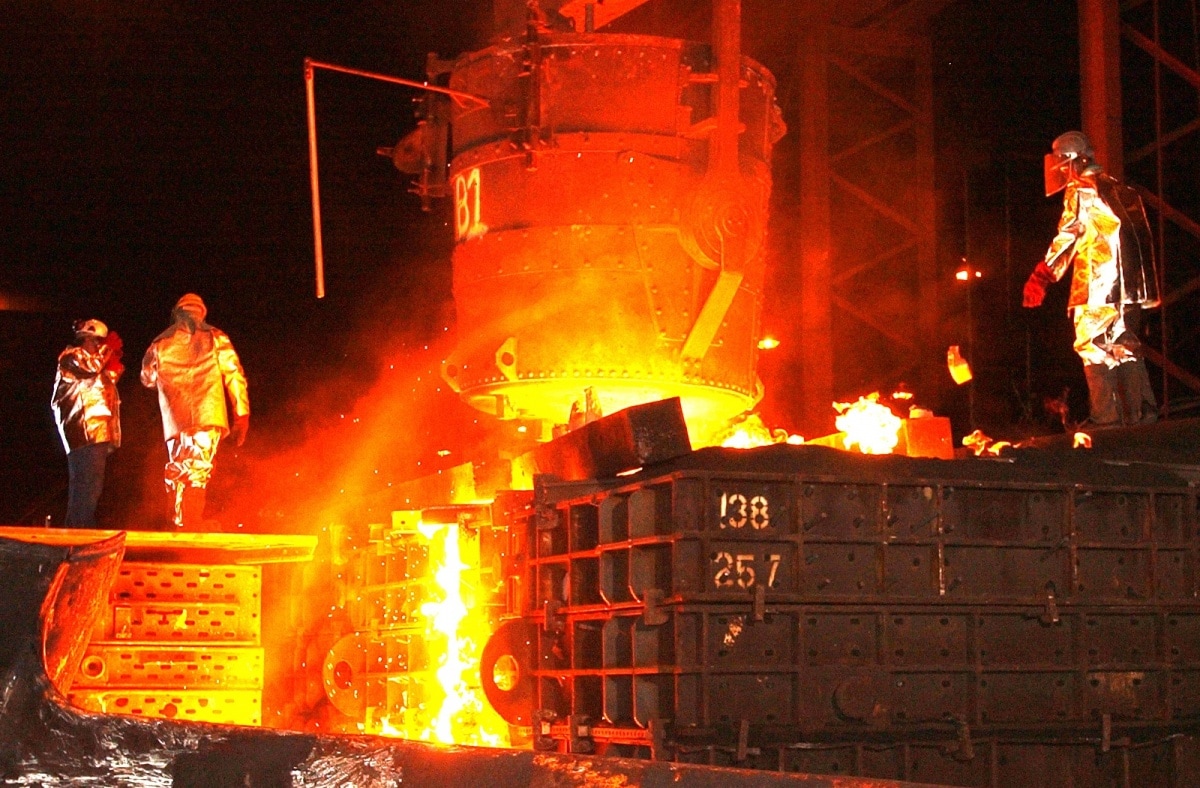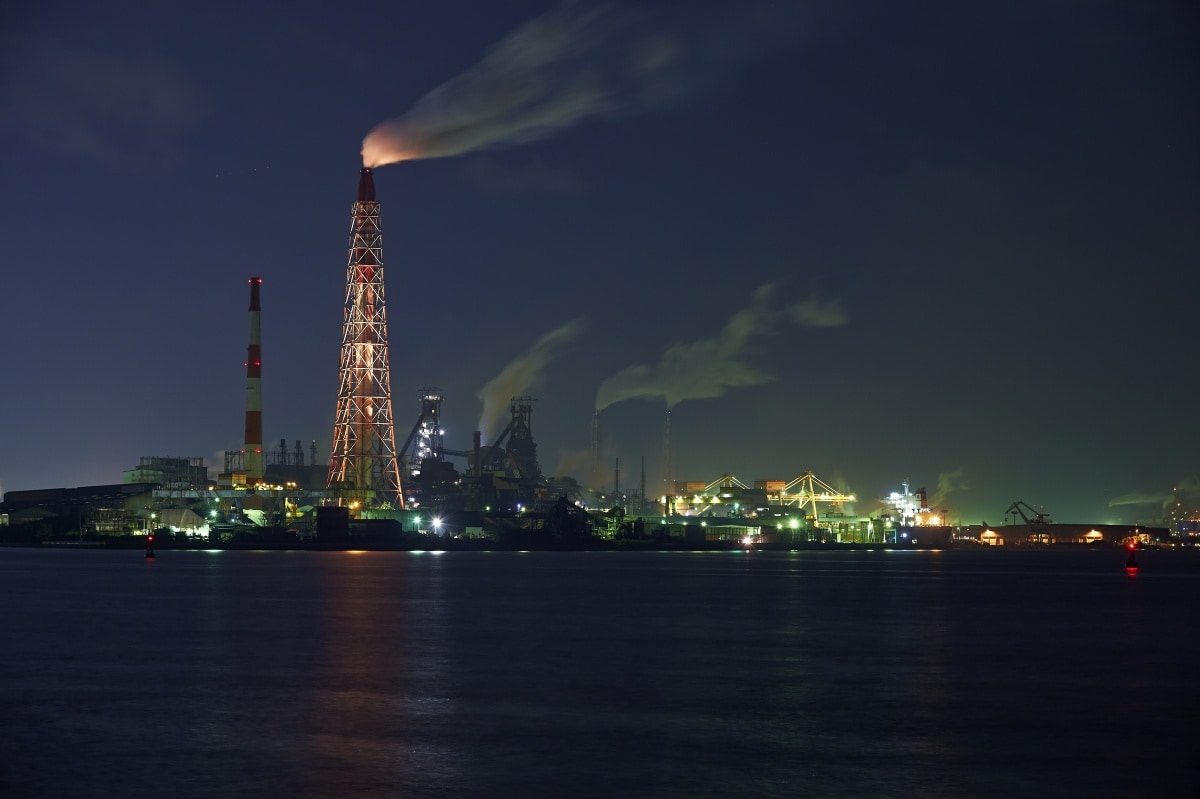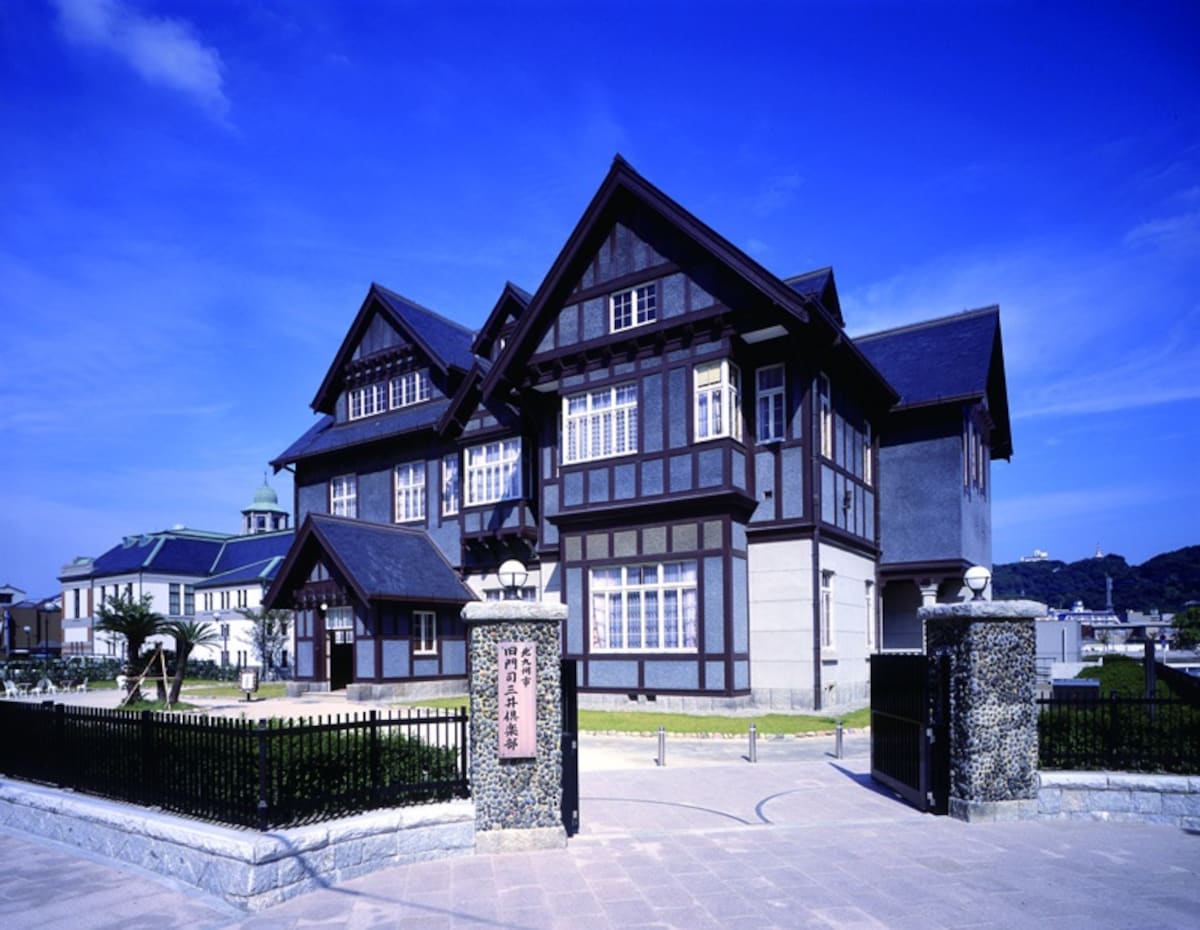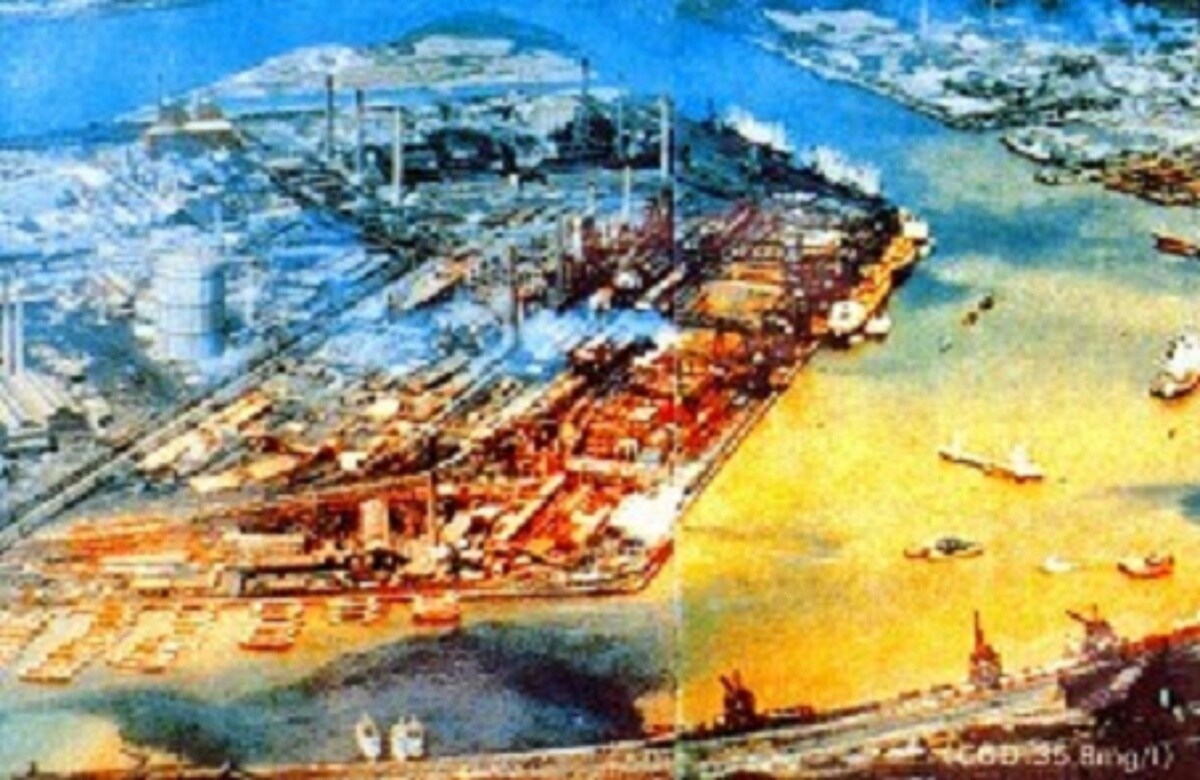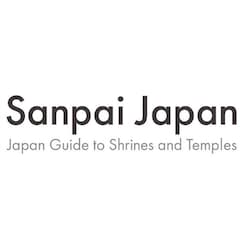The Meiji Restoration in Kitakyushu
Kitakyushu, close to many Asian countries, has been blessed with prosperity as a gateway to Asia and as an industrial base in Japan. Even though it's properous in modern times, it is also historically rich. Here are some recommended spots that can educate you on Japan’s historical footprint.
By Sanpai JapanSymbols of Construction After the Meiji Restoration
Japanese people started learning brand-new technical skills from other the countries once the Meiji Restoration began and the ports opened up. Many factories and warehouses were made for creating ships, military science and so on.
1. Yahata Ironworks
The Yahata Ironworks is the origin of government-run ironworks as far back as 1901. It was one of the most beneficial iron factories in Japan before WWII. Thus, it was awarded the status in 2015 as a UNESCO World Cultural Heritage Site because it contributed so strongly to the modernization of Japan.
The ironworks is still in operation so the public is not allowed to enter the main factory. However, one of the best spots to see the ironworks and take pictures is the current office—where you can check out the entire factory. You can also get a good night view of the facilities from a cruise ship as Yahata Ironworks is located on the ocean.
2. Mitsui Club
Built in a wooden European style, the building—designated as an important cultural property—has a wooden body that was solidified by bricks, stones and stucco. This place is famous for housing Albert Einstein when he visited Japan. The room where he stayed has been left exactly as it was.
The present usage of the Mitsui Club includes a restaurant on the first floor and a museum on the second that recognizes famous Japanese female writers who came from Kitakyushu.
3. Kyushu Railway Museum
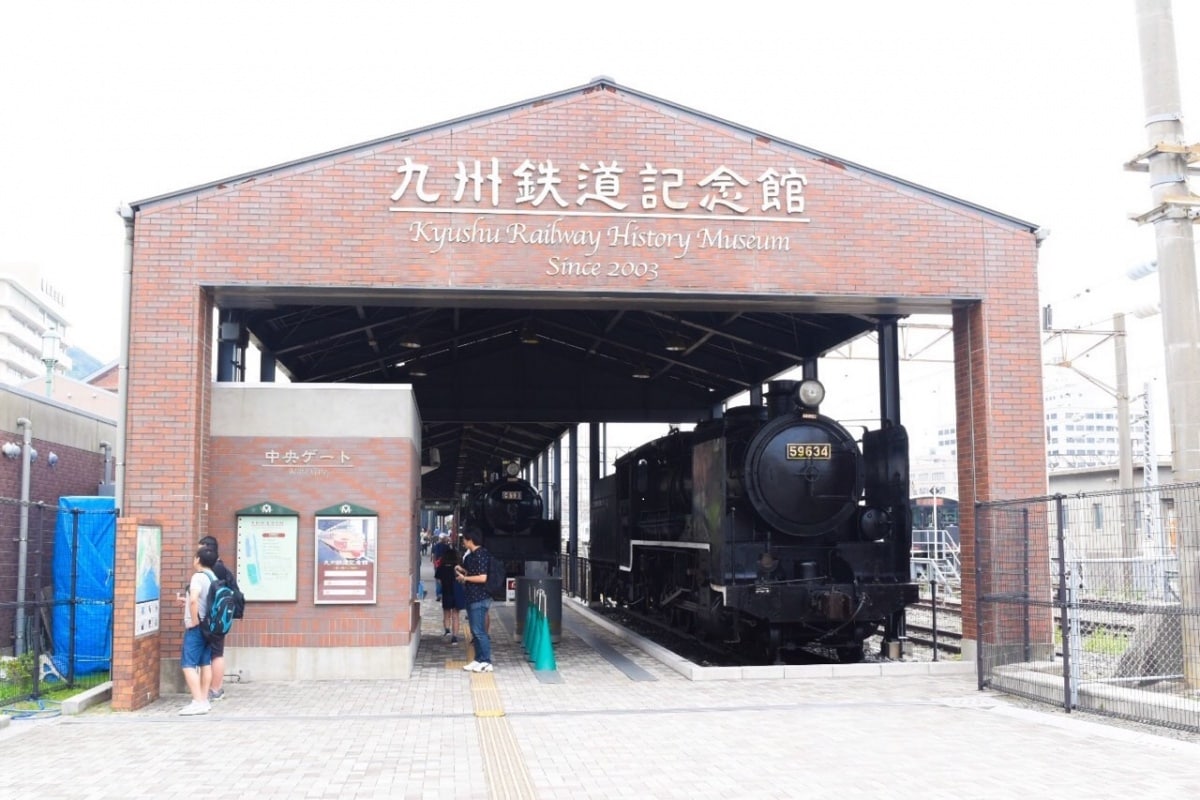
http://sanpai-japan.com/2016/09/12/the-meiji-restoration-in-kitakyushu/
This museum stores historical trains, which are a modern symbol of Japanese development. It is one of the more popular spots because you can play a simulation driving game and learn about the development of Japanese trains.
The City of Kitakyushu After the Meiji Restoration
The Japanese government has deemed the city of Kitakyushu as an "Environmental Model City," which marks it as being one of the most beautiful and eco-friendly cities in Japan. However, the city was not always this way. Back in the 1960s, Kitakyushu was uninhabitable due to the development of industry, such as the ironworks, which produced toxic gas discharge and water pollution. Above, you can see a picture of the Bay of Dokai, located at the city of Kitakyushu.
If you found inspiration in this post and want to learn more about this amazing, historical city, you can easily visit Kitakyushu from Fukuoka (roughly an hour by train or bus, 23 minutes by shinkansen), or fly there using the Kitakyushu Airport.


